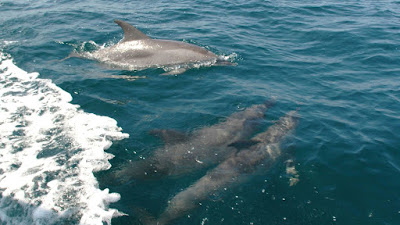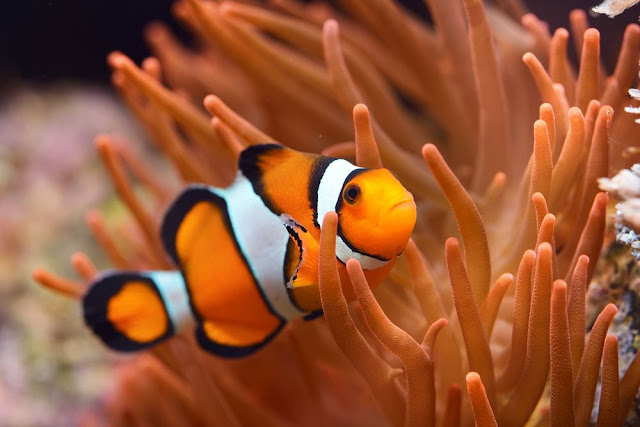Humboldt Squid: Red Devils Of the Deep Sea
Like many other squids, Humboldt squid is one of the fierce predators. These animals are one of the largest squids which have earned the name "jumbo squid". They come in packs from the deep waters after the sunset and hunt for their prey. Possess extraordinary eyesight, a razor-sharp beak, and eight tentacles which makes them catch the prey and tear them apart.
Humboldt squids are the powerful swimmers and the bioluminescence in their skin allows them to change colors. This kind of behavior allows them to communicate and display a warning to the others. Ability to light themselves in colors of red and white during aggressive have earned them the name "red devils". On a very rare case, the individuals attack the scuba divers who were diving in groups of Humboldt squid they were feeding. It has only predator i.e; sperm whales.
The Humboldt squid can live only a single year, so they decimate populations of small fishes or smaller squid when they hunt. During this lifetime, Humboldt squid reproduces via internal fertilization and can lay eggs of over 1 million. The female can lay as much as 20 million eggs during this short time. They can grow from 1 millimeter to 2 meters in just a span of one year and can weigh up to 50 kilograms after they hatch.
The population of Humboldt squid has been massively increased. Previously they used to live only in the cold waters, where we can find them from Peru to central Mexico. But now they have stretched through Chile to Alaska. Due to the increase in temperatures, they are making themselves adaptable to the hot waters. Despite well known and studied species, their conversation status is unknown.




Comments